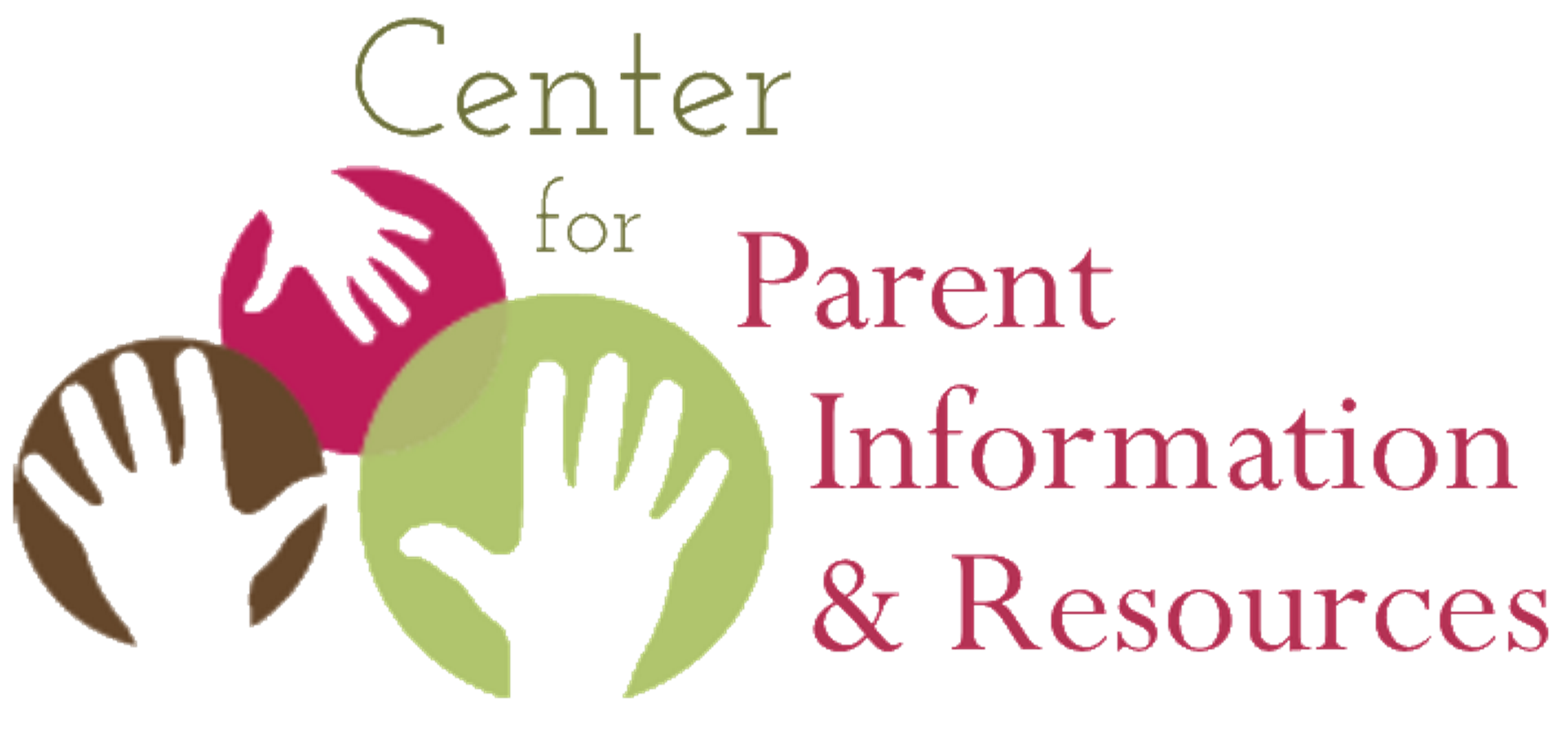Getting Ready for Independent Living at the Age of Majority
(more…)
(more…)
(more…)
Educational Technology (OET) provided the guidance “to increase understanding of the Individuals with Disabilities Education Act’s (IDEA’s) requirements regarding assistive technology (AT) devices and services, and dispel common misconceptions regarding AT, while also providing examples of the use of AT devices and services for children with disabilities,” according to a Dear Colleague Letter accompanying the AT guidance.
The guidance, Myths and Facts Surrounding Assistive Technology Devices and Services, highlights 28 myths and facts related to AT devices and services. The guidance provides additional information and resources to support children with disabilities and identifies related requirements addressed in the IDEA
(more…)
(more…)
(more…)
September is Suicide Awareness Month. When children in distress express suicidal thoughts or feelings, therapists often work with them —and their parents— to create what is called a safety plan. A safety plan is a document that spells out a series of things the child agrees to do, if they feel overwhelmed, to keep from harming themselves. Parents agree to things they will do to make their child’s environment safer.
This collection of articles from the Child Mind Institute explains how safety planning can help deter teen suicides, which are often impulsive, by steering kids away from harming themselves until the urge passes. With teenage depression and anxiety on the rise, it’s important for all of us to be proactive when children are in distress.
To see the individual articles in the collection and connect with them in English or Spanish, come here.
(more…)
(more…)
(more…)
